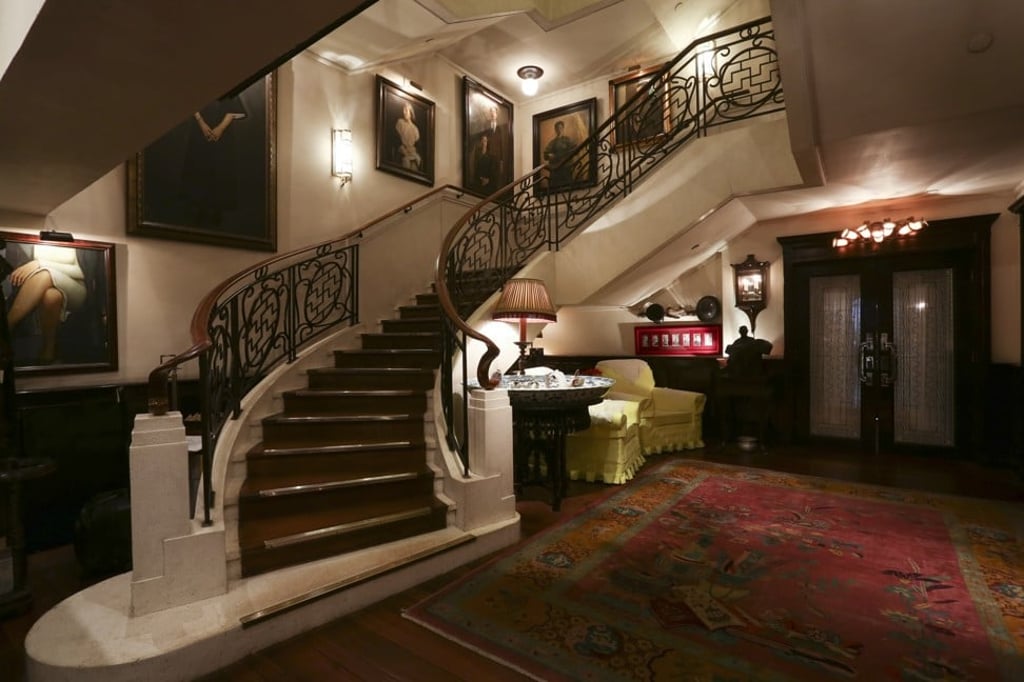5 places to go to remember Sir David Tang’s colourful sense of style

Champion of Hong Kong, who put chinoiserie on the map, died a year ago today, but there are places in city where his vibrancy still shines through
Sir David Tang was many things: a socialite, an intellectual, a champion of Hong Kong; and in the hearts of many, one of the last gentlemen of Hong Kong.
A graduate of law from London’s King’s College, Tang was known for his exquisite taste, his charm and his ability to mingle with the rich and famous – from Russell Crowe and Kate Moss, to Fidel Castro and the late Princess Diana.
In 2008 Tang surpassed the legacy of his grandfather, Sir Shui-kin Tang CBE, and was promoted to Knight Commander of the Order of the British Empire (KBE) for his contributions to charity.
The world knows him for putting chinoiserie on the map through his selection of decor for the China Club in 1991, China Tang in London’s Dorchester Hotel and luxury clothing label Shanghai Tang, which he subsequently sold in to Richmonte in 1998.
Hong Kong lost a colourful representative when Tang died a year ago today – but there are a number of places in the city where his personality still shines through. Here are five of the best.

1. China Club
This member’s only restaurant nestled on the top floor of the old Bank of China Building is fashioned like a Western manor in Shanghai’s French Quarters.